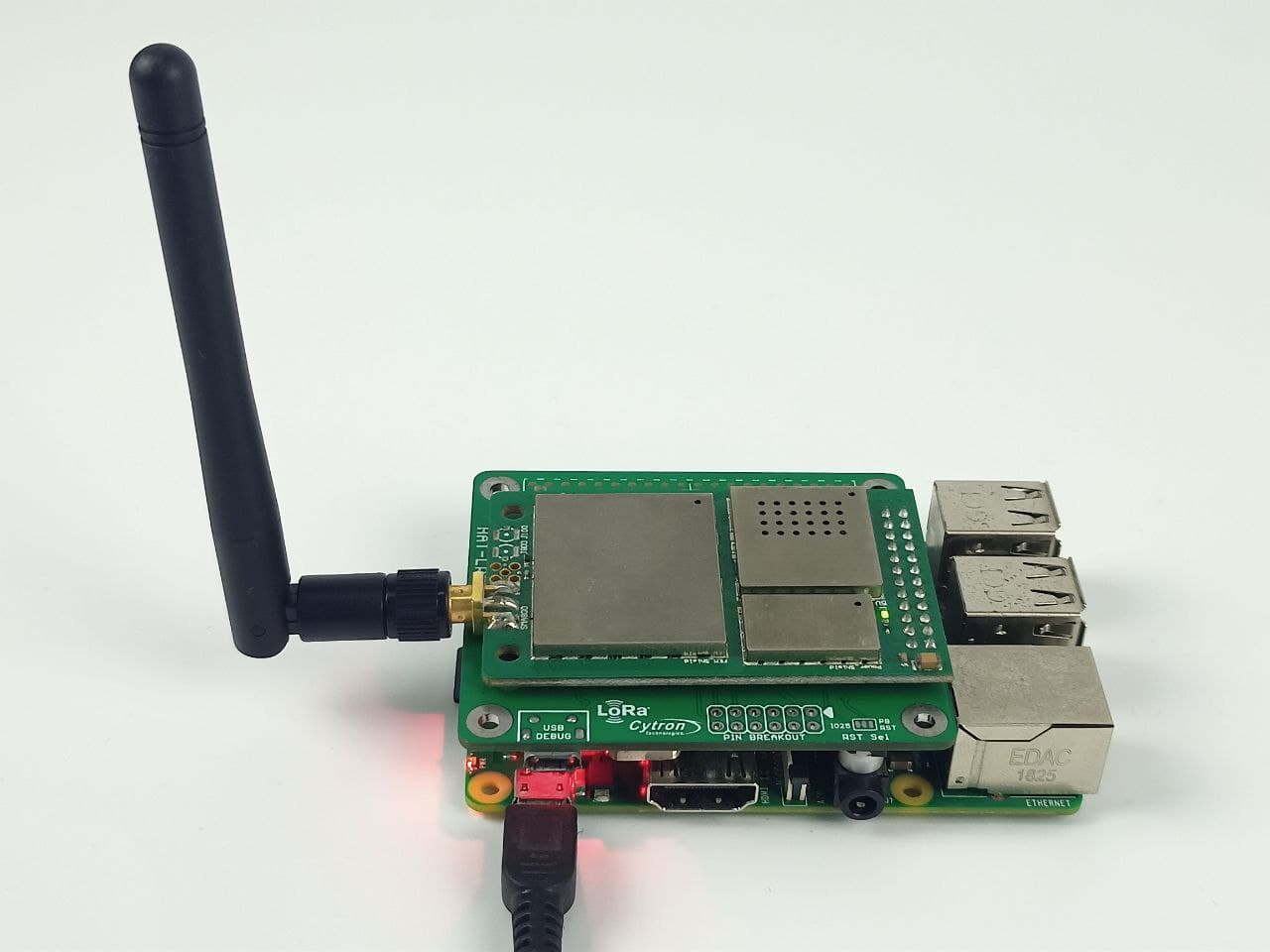In simple terms, soft robotics is a branch of robotics that explores the use of highly compliant materials to construct robots. Soft robotics aims to mirror how living organisms adapt to their environment in an attempt to build robots that are adaptable to any situation they encounter and more flexible.
It is unlike the current robots that are rigid and can only function in absolute or well-defined environments.
Soft robotics is still a new field and research is ongoing. Across the world, leading universities and industry leaders, such Universal Robots are experimenting with all manner of materials and technologies to try and come up with a usable and commercially sound soft robots.
Examples of Ongoing Research
In December 2017, researchers at Harvard and MIT presented a prototype of a super strong robot that can lift twice its body weight. The robot draws heavily from the ancient origami artwork which means the internal framework folds in and out.
Though the traditional metal and plastics are still the main materials used to make the skeletons of this Harvard/MIT robot, the internal framework is all soft robotics.
Elsewhere, during the 2017 annual soft robotics competition, students from a school in Philadelphia won the school section thanks to their edible gummy robots. It is easy to wonder how this might be beneficial in the long run. However, consider that if this technology is improved upon and perfected; the robots can deliver medicine to the body.
The above are just two examples, but as noted above, research on soft robotics is on an upward trajectory. Three key benefits are driving this research
Benefits of Soft Robotics
When considering soft robots, one of the key questions many ask is why soft robots are needed when traditional robots are already solving numerous problems and performing adequately in a majority of fields.
To answer the query; it is essential to look at some of the benefits of soft robots that are not inherent in the current generation of collaborative robots.
- Increased safety—The current generation of collaborative robots are incredibly safe, but still not a 100% safe. With soft robots, safety features such as the lack of sharp edges increase safety by a considerable margin.
- Flexibility—The use of soft materials or rather compliant materials makes soft robots flexible, unlike their rather rigid counterparts.
- Ability to handle delicate products—The reason the food industry, for instance, has not adopted collaborative robots in some applications is that the hard and rigid exterior is not applicable to the handling of delicate food items that might break or shred. Soft robots solve this.
Keeping the mentioned benefits in mind, it is clear soft robots will give rise to new and innovative applications and will play a significant role in helping the world adopt the use of robots more. Here are some applications that soft robots will excel in.
Three Possible Applications of Soft Robots
1. Picking, Placing and Handling Delicate Items
The soft robotic actuators found in soft robots ensure their grippers will mimic the dexterity of a human hand. As a result, the robots can grasp anything, including raw eggs and soft fruits.
Also, soft robots can also be used in the research industry to handle delicate test materials.
2. Injury rehabilitation and Prosthetics
With regards to rehabilitation, and in particular physical therapy, the current robotic hands or gloves in use are heavy and the patient cannot take them home.
With a lightweight and mobile soft robot glove; the patient can practice at home with the gloves. That reduces the workload on the physical therapist, and it also reduces the delay in recovery.
Regarding prosthetics, soft robots can create superior prosthetics with increased flexibility and more natural movement.
3. Climbing robots
Climbing requires flexibility. Climbing robots that employ soft robotics are ideal for building inspections and maintenance and also in the military for rescue missions.
Final Word
The future is bright when it comes soft robotics. In the next few years, once the research gets off the ground-level, the applications and uses are bound to explode.



